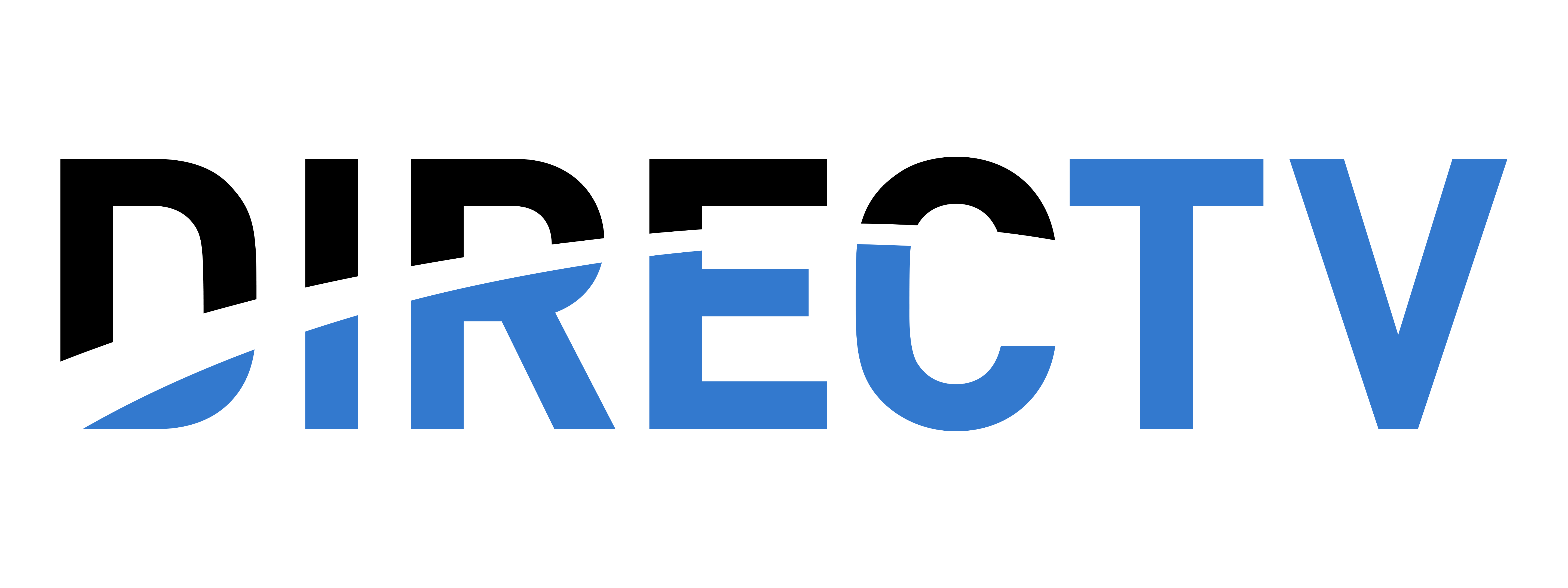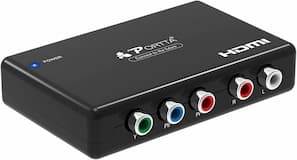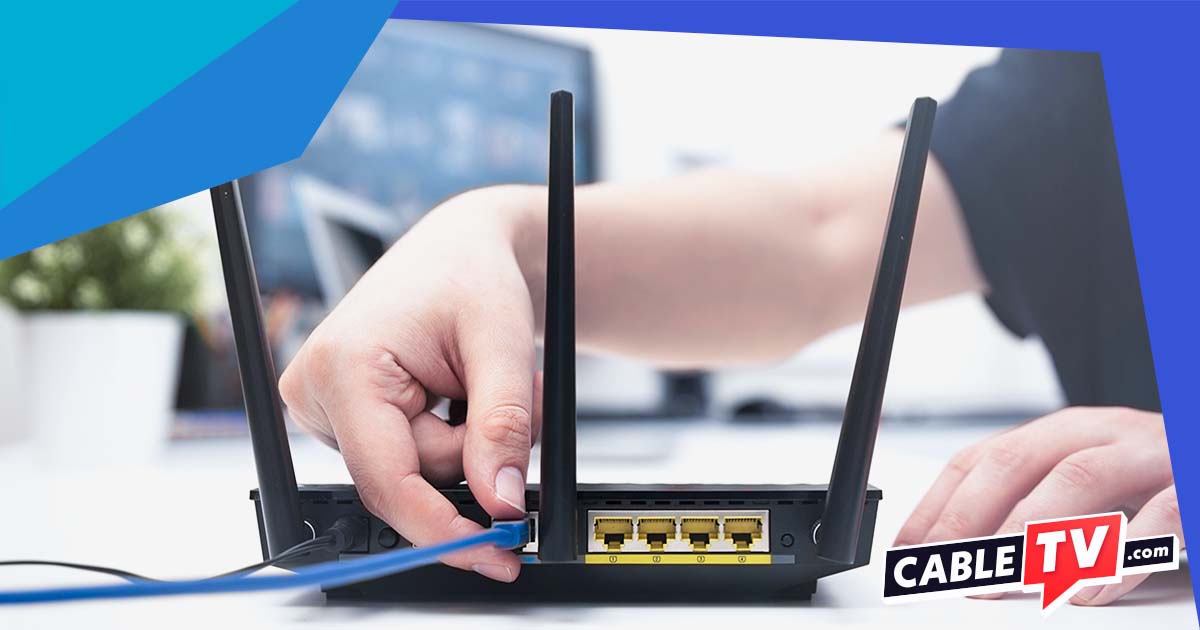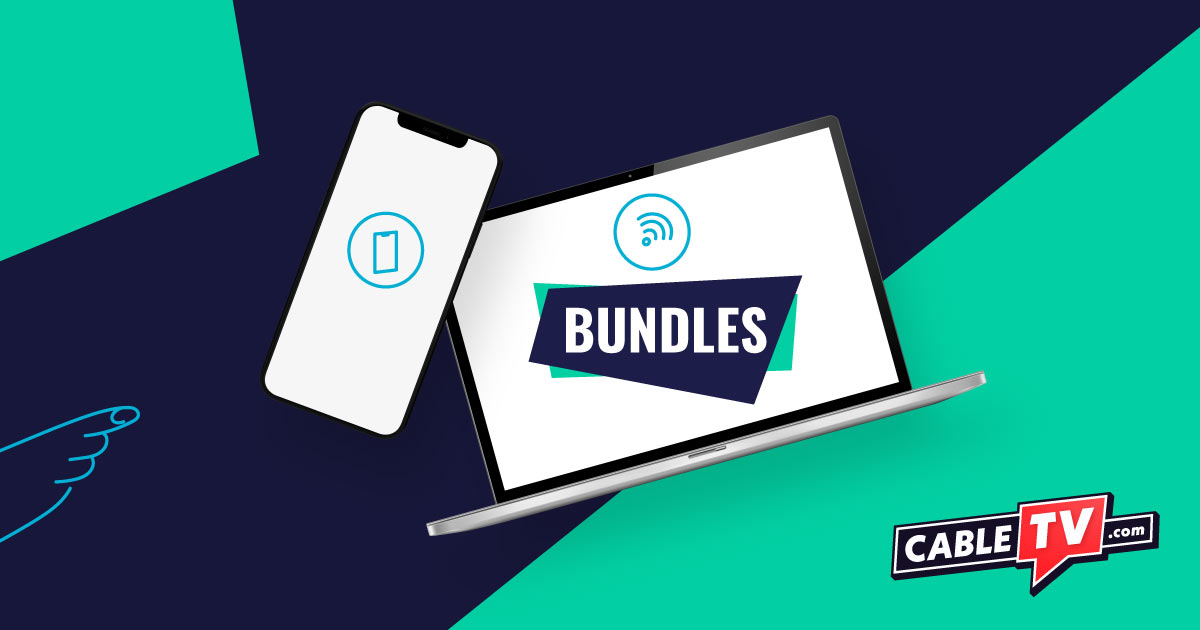TV technology moves fast. You might be puzzled by the many different ports on the back of your TV. We know your pain, so we’ve compiled this guide so you’ll know which cables go in which ports—and why. We hope it will help you enjoy your new smart TV’s fancy features a lot faster.
In-depth port guide
Below you can find ports by name and image, learn about signal type and quality, discover which devices are used with each port, and get the answers to tricky questions about the purpose and potential of your TV ports.
TV ports summary
Video TV ports
Audio TV ports
Other TV ports
Best TV Service Providers for 2024
DISH Network gets our Editor’s Choice award for its channel count, reliability, industry-leading equipment, parental controls, and transparent pricing. DIRECTV is best for sports, Verizon Fios has the best value, Spectrum is the cheapest traditional TV provider, YouTube TV is best for live TV streaming, and Max is best for on-demand streaming.
Data as of post date. Offers and availability may vary by location and are subject to change.
* ENTERTAINMENT—w/ 24-mo. agmt. AutoPay and Paperless Bill req’d. Advanced Receiver Service Fee $15/mo. is extra and applies. CHOICE, ULTIMATE, and PREMIER—w/ 24-mo. agmt. AutoPay and Paperless Bill req’d. Advanced Receiver Service Fee $15/mo. and Regional Sports Fee up to $13.99/mo. are extra & apply.
HDMI
HDMI
Why does HDMI get its own section? Because it’s one of the most useful and most common ports on your TV. The HDMI ports in your TV can be used for video, audio, computers, and even turn your non-smart TV into a smart TV!
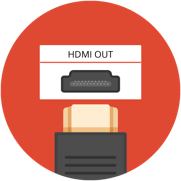
Other names: High-definition media input
Signal type: Digital
Maximum resolution: 4K Ultra HD
Associated devices: Modern game consoles, media players, DVRs, sound systems, computers, and streaming devices
What are HDMI ports?
HDMI, or “High-Definition Media Input,” is the go-to port for all your modern devices. HDMI ports in your TV are used for both video and audio. In addition, most computers have HDMI capabilities, so you can use an HDMI cable to hook your PC up to your TV. You can even plug a streaming device like a Roku or Amazon Fire TV Stick to turn your old TV into a smart TV.
If you like to plug in one cable and be done, you’ll love how simple it is to set up your TV with HDMI.
Are HDMI ports always the best connection option?
Because HDMI transfers data digitally—without compressing or distorting the information—it delivers the highest-quality picture and sound.
However, some people prefer the familiar sound of analog audio. You can play with how you connect your sound system to find out what you like best.
What is HDMI ARC?
The TV port labeled “HDMI ARC,” or “HDMI Audio Return Channel,” is set up to both send and receive audio data. This port pairs great with a sound system because you can hook all your other devices up to an A/V receiver and use a single cable to connect your receiver to your TV. It’s pretty sleek!
Video TV Ports
Component
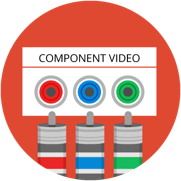
Other names: Component video, component analog video (CAV), and Y/Pb/Pr
Signal type: Analog
Maximum resolution: 1080p
Associated devices: DVRs, media players, and previous-generation game consoles
What are component video ports?
The component video ports are the red, blue, and green AV ports on your TV, and before HDMI became popular, they offered the highest video quality.
If you have an older TV that isn’t HDMI compatible, you can use these video ports to hook up your DVR or media player. And even if HDMI is available on your TV, component inputs can be handy for hooking up some previous-generation game consoles like PlayStation 3, PlayStation 2, Xbox 360, and Wii systems.
S-video
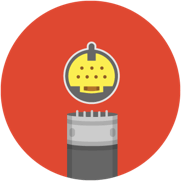
Other Names: Separate video and Y/C
Signal Type: Analog
Maximum Resolution: 480i
Associated Devices: Computers, previous-generation media players, and previous-generation game consoles
What are S-video ports?
S-video ports (the black circles with a lot of dots) were used primarily in the late 1990s and early 2000s for video input on TVs. They’re not as common as component video ports, but you might see them on your TV or computer. If you’ve got an old Nintendo 64 kicking around, it can connect to this port.
While the S-video port will display a brighter picture than composite video, it’s still not as good as component video or HDMI. Skip this port unless you don’t have better options.
Composite
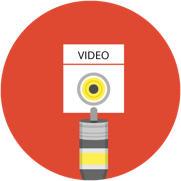
Other Names: Composite video, composite video baseband signal (CVBS), or SD video
Signal Type: Analog
Maximum Resolution: 480i
Associated Devices: DVRs, previous-generation media players and previous-generation game consoles
What are composite video ports?
Composite video (the circular yellow port) is used for standard-definition video. While plenty of equipment still comes with a composite video connection, you should pass on this port for the higher-quality component video or highest-quality HDMI.
Audio TV Ports
Optical digital
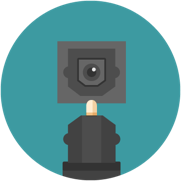
Other Names: Digital audio (optical), optical audio, optical digital, digital audio out (optical), and TOSLINK (Toshiba Link)
Signal Type: Digital
Associated Devices: Soundbars and A/V receivers
What are digital audio (optical) ports?
This port, which is usually covered with a small flap, sends digital audio to your sound system. Because it uses a digital format, it’s usually more crisp than RCA Stereo, which uses analog.
Should I use the digital audio (optical) port?
HDMI is better, but if your sound system doesn’t have an HDMI hook up, this port is a great choice. However, optical cables become less effective at a distance of ten meters, and they’re more delicate than the coaxial cables used in other audio ports. Be careful not to bend your optic cable at a sharp angle, or you could damage it permanently.
Coaxial digital
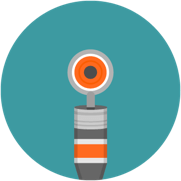
Other Names: Digital audio (coaxial) and coaxial digital audio
Signal Type: Digital
Associated Devices: Soundbars and A/V receivers
What are digital audio (coaxial) ports?
Like the optical digital ports, the coaxial digital port connects to your sound system to send digital audio. The coaxial cable is sturdier than the optical port, but HDMI will still be the highest-quality option.
RCA stereo

Other Names: RCA stereo audio, RCA audio, and analog audio
Signal Type: Analog
Associated Devices: DVRs, previous-generation media players, previous-generation game consoles, soundbars, and A/V receivers
What are RCS stereo audio ports?
These twin red and white ports are either inputs or outputs for transmitting analog audio. Sometimes you will see them by themselves labeled as “out” to output audio. If they’re for inputting audio, you’ll usually find them next to component or composite video ports.
Should I use the RCA stereo audio ports?
Use RCA stereo audio if you don’t have a more advanced digital connection (HDMI, optical, or coaxial) or if you just like the sound of analog. Connectors for this port are often paired with composite and component video, so they’re a handy go-to if you’re using those video connectors.
Computer Ports
DVI
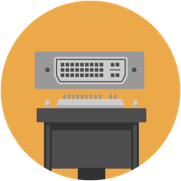
Other Names: Digital visual interface, DVI-A, DVI-D single link, DVI-D dual link, DVI-I single link, and DVI-I dual link
Signal Type: Digital/analog
Maximum Resolution: 1080p
Associated Devices: Computers
What are DVI ports?
DVI ports are primarily for connecting your computer to your TV. They aren’t as high quality as HDMI, but most modern DVI are better than VGA. Which DVI cable you can use with the port depends on the number and arrangement of the pin holes in the port.
Why are there so many different types of DVI?
DVI has changed dramatically with evolving technology. The old DVI-A is an analog port no better than VGA. But DVI-D is digital, and DVI-I is compatible with both digital devices and older analog devices.
DVI-D and DVI-I are further broken down by single-link and dual-link capabilities. Dual-link connections have twice as much power, leading to an increase in speed and signal quality.
Which DVI connector is best?
Both DVI-D and DVI-I work fine. Just make sure the pin holes in your port will support the cable type you’ve chosen.
Can DVI cables carry audio too?
DVI-I-to-HDMI or DVI-D-to-HDMI cables can carry audio, but it depends on whether or not the video card inside your computer supports this transfer. Hook in the DVI end into your computer and the HDMI cable into your TV to see if your video card port is compatible with audio. If not, you’ll need a separate audio connection.
VGA
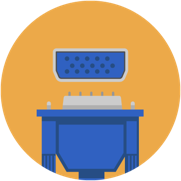
Other Names: Video graphics array and PC in
Signal Type: Analog
Maximum Resolution: 720p
Associated Devices: Computers
What are VGA ports?
If you want to connect your computer to your TV and you don’t have HDMI or DVI capabilities, you can go with VGA. However, the quality won’t be as good as with those other ports, and VGA doesn’t support audio, so you’ll need a separate audio connection.
Incidental Ports
Antenna in
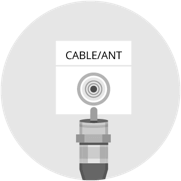
Other Names: RN in, cable in, and coaxial cable connection
Signal Type: Analog
Maximum Resolution: 1080p
Associated Devices: Over-the-air (OTA) TV antenna
What is the antenna-in port?
This port provides both video and audio input from an over-the-air (OTA) antenna. You’re probably familiar with this port from the early days of TV when it was a common type of TV input used for a wide range of devices. It’s not used for much anymore, since HDMI does a much better job, but it’s a definite plus and a TV input option if you want free OTA channels.
USB

Other Names: Universal serial bus
Signal Type: Digital/analog
Associated Devices: USB flash drive, TV antenna, and streaming device
What are USB ports for on a TV?
USB ports on a TV serve a variety of functions, including as an input type for USB flash drives and powering a TV antenna or streaming device. You could even use it to charge your smartphone if you wanted.
Ethernet

Other Names: LAN
Signal Type: Digital/analog
Associated Devices: Internet modem
What are Ethernet ports?
Ethernet connections help provide faster internet speeds than Wi-Fi can. If you have a smart TV, you’ve probably seen this port, which looks like a normal phone-line port.
Should I use the Ethernet port instead of Wi-Fi?
If the shows you’re streaming spend a lot of time buffering, it may be time to switch to using the Ethernet port. It’s less convenient, since you have to run a cable from your internet modem to the TV, but it can noticeably improve your streaming speed.
Ex-Link
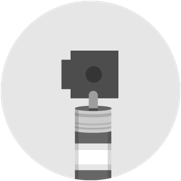
Associated Devices: Samsung TV service updates and wall mounts
What are Ex-Link ports?
The Ex-Link is a bit of an oddball port found on some Samsung TVs. Its primary function is to help Samsung technicians update your TV, but you shouldn’t attempt to do that yourself. Additionally, about ten years back, Samsung had a motorized TV mount that you could control by plugging it into the Ex-Link port, but the mount doesn’t seem to be around anymore.
But a motorized TV mount sounds really cool, and I want one!
You’re right, it does sound really cool. It’s not from Samsung, but you can pick up the VIVO motorized TV mount on Amazon. Don’t worry—you don’t need an Ex-Link or any other special port to use it.
How to connect ports that don’t match
Hooking up devices gets a little trickier if your TV doesn’t have all the right ports. New TVs might not have old ports, and old TVs might not have new ports like HDMI.
Luckily, there are solutions to get all your devices hooked up. Keep in mind, though, that converted audio and video won’t have the highest quality. If it’s time for you to upgrade your TV, check out our “TV Buying Guide”.
Input vs. output
Pay attention to the input and output. Converters will work only with matching input/output layout, so know which way the data is going before purchasing a converter.
For the most part, media players, DVRs, game consoles, and computers output audio and video to a TV input. That means you’ll attach a cable to the output port on the device and connect that to the input port on the TV or converter device. However, TVs output audio to soundbars’ inputs.
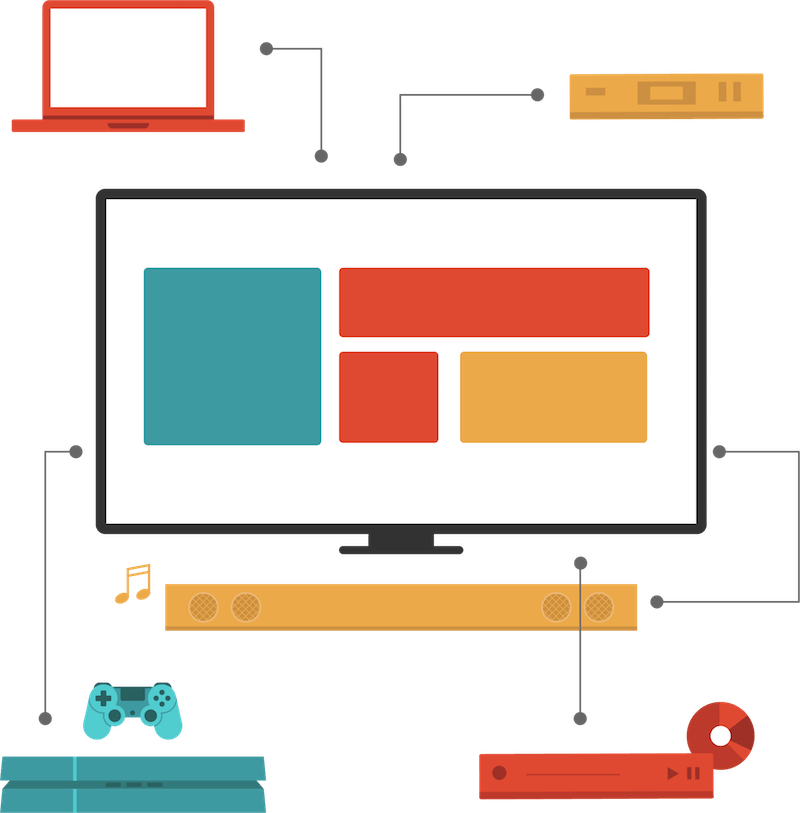
Converters for Old Output to New Input
The following are good for connecting most old devices to a new TV.
Converters for New Output to Old Input
The following are good for connecting most new devices to an old TV.
How to hook up your DVR to a TV
Most modern DVRs have HDMI outputs, so they’re fairly simple to hook up to a new TV. However, installing a DVR or cable box may still require the help of an expert technician if your home needs new wiring or a satellite dish. Refer to the chart below for TV providers’ DVR outputs and installation costs.
| TV provider | DVR | Outputs | Installation costs | Details |
|---|---|---|---|---|
| Astound Broadband | TiVo T6 |
| Installation fee: $79.95 Activation fee: $9.99 | |
| Buckeye Broadband | Varies | Varies | Activation fee: $50.00 | View Buckeye plans |
| Cox | Contour Record 6 |
| Installation fee: varies by package and region | |
| DIRECTV | Genie (HR-44) |
| Activation fee: $19.95 | View DIRECTV plans |
| DISH | Hopper 3 |
| Installation fee: included in price | View DISH plans |
| Optimum | Varies | Varies | Installation fee: $99.00–$149.99 | View Optimum plans |
| Spectrum | Varies | Varies | Professional installation: $59.99 Self installation: $24.99 | View Spectrum plans |
| Xfinity | X1 |
| Professional installation: $89.99 Self installation: up to $39.99 | View Xfinity plans |
| Xtream Powered by Mediacom | Varies | Varies | Installation fee: $109.99 | View Xtream plans |
If you’re interested to learn more about the providers listed above, enter your zip code below to see which are available in your area:
Final take
The most important port on your new TV will be the HDMI port, which supports high-quality audio and video. Without this vital connection, you won’t be able to connect a streaming device to your TV.
While you can use converters to solve this problem, your picture and sound won’t be as crisp as they could be with an HDMI port. We recommend you upgrade your TV to a new smart TV—they’re not as pricey as you’d think!
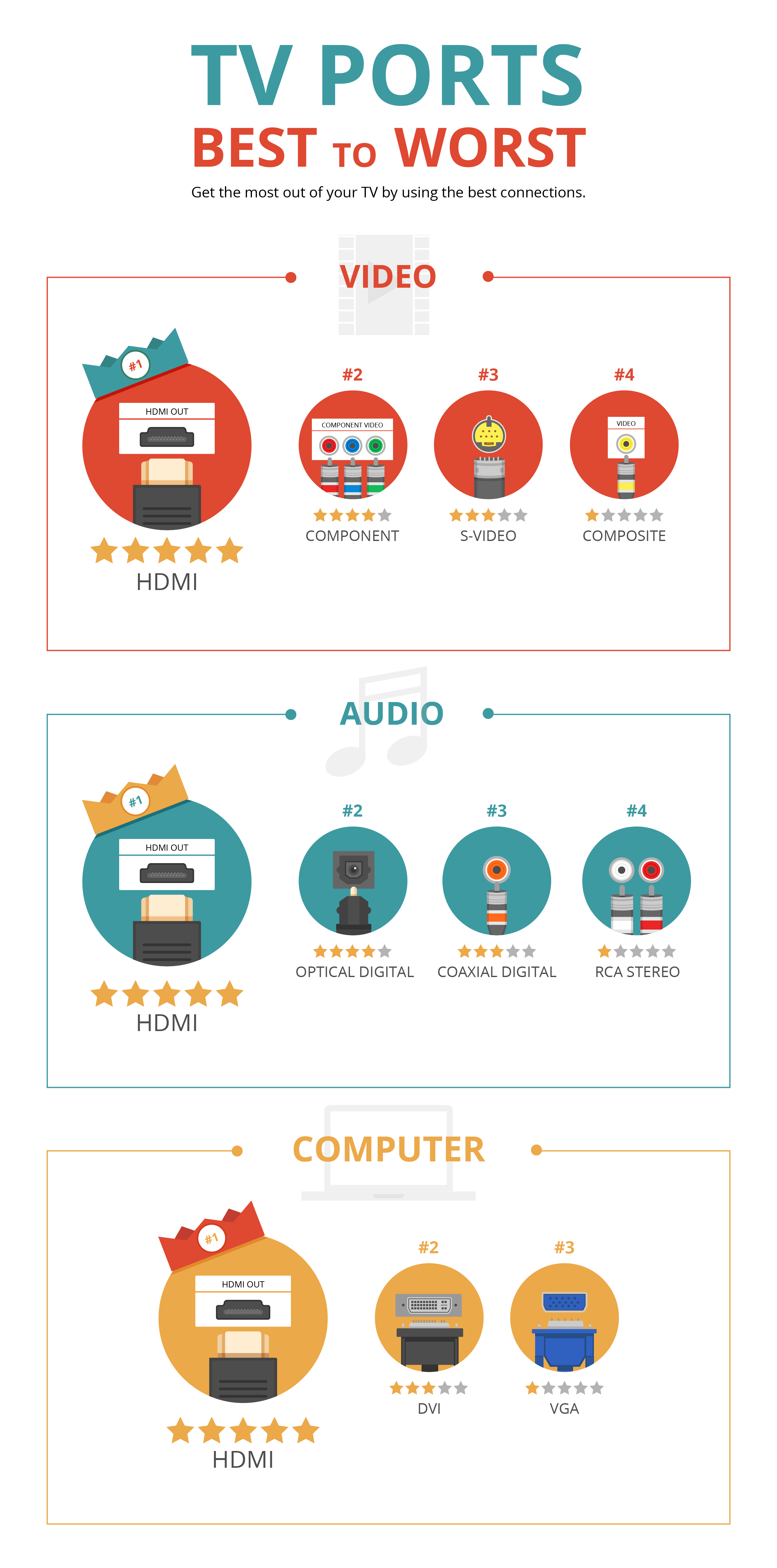
Methodology
Our experts put dozens of hours into researching various TV ports so that you can enjoy all of your new smart TV’s capabilities as soon as you unbox it. For more information on our process, read our “How We Rank” page.

